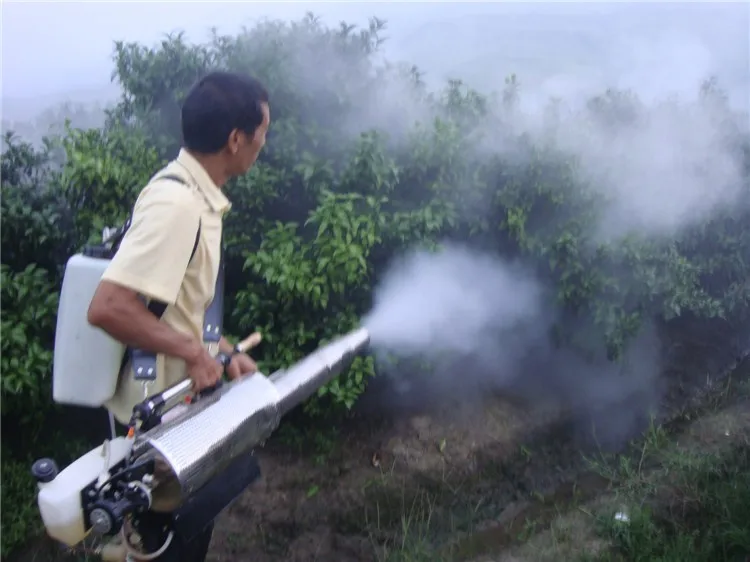Blog Post For Inside Apocalypse
August 16, 2016
By Cal Wilson
I just wrote and published a book about the phenomenon of the high-altitude electromagnetic pulse, known as EMP, and the disastrous effects it would have on the United States and Canada if an EMP was ever unleashed. My book is now available on Kindle, at the American Amazon website
here, and on the Canadian Amazon website
here.
EMP is caused by a nuclear explosion at a high altitude. While the early days of the nuclear age focused on the damage that could be done to targets on the ground by a near-ground-level nuclear explosion, a much more crippling method of damaging a target would be to detonate a nuclear bomb high in the atmosphere above the target. Such a high-level nuclear detonation would cause a cascade of electrons downward that would instantly and irreparably destroy all of the electronics on the ground below.
EMP has not been very well-studied and has many mysteries surrounding it. It is almost as if the EMP feature of nuclear bombs was discovered by accident, and by the time the EMP potential was realized by the defense community in the 1950’s and early 1960’s, an atmospheric test ban treaty was signed, which caused all EMP tests to stop abruptly. All of our current knowledge of EMPs is based upon the few high-altitude nuclear tests that were conducted in the 1950’s and 1960’s by the United States and the Soviet Union, and some mathematical models.
What we do know about EMPs should alarm everyone. Whereas a typical lightning strike would produce an isolated, instantaneous electrical burst on a tiny area, of several hundred thousand volts per meter, an EMP attack above the United States or Canada would produce a country-wide electrical wave of 35 – 60,000 volts per meter. This is enough to destroy the country’s entire electrical system and infrastructure. All communications, the power grid, engines that use electronic circuitry, electrically-based medical devices; almost everything electrical would be permanently destroyed by a precise EMP attack.
A prominent government scientist who has studied EMPs has estimated that because of the resulting starvation, disease, and societal breakdown, at least 90% of the American population would die within one year of an EMP attack. At one time, a congressional commission, set up to study the effects of EMPs, estimated a two-thirds mortality rate, but whatever the true mortality rate of an EMP attack, it would be such a catastrophic figure that the United States would probably not remain intact.
I started the book with an educational Introduction that goes into a lot of the science involved in an EMP, and some info on small nuclear bombs, including the now-lost Soviet suitcase bombs. Then I wrote a story of a man stuck in a far-away town when the EMP happens. He spends the rest of the book trying to get home alive. Along the way, he must battle prison breaks, food riots, criminal gangs, looters, cannibals, terrorist sleeper cells, nuclear fallout, and otherwise total anarchy in his quest to get home.
There is an Afterword at the end of the book, in which I advise the reader on how to survive an EMP. I include a lot of tips I had in a book I wrote last year, entitled Dirt Cheap Valuable Prepping. But in the Afterword of the EMP book, I go into detail on the idea of a Faraday Cage.
A Faraday Cage is important, and let me explain why: it is possible to have a ham radio, or any electrical device, survive an EMP attack if the electrical item is inside a Faraday cage. A Faraday cage is an ammo can or metal trash can that is sealed up, so that electrical waves go around and not through the items inside. When the EMP is over, the person with a Faraday cage can get the items out and still use them. In chapter 16 of my book, there is a high-school aged kid who charges food and water to use his still-working ham radio to report news that he has heard across the globe, and he even offers to try and locate family across the country with his ham radio.
The book is doing well, and I hope it educates people on EMP. Check it out.
Thanks,
--Cal Wilson
Author










